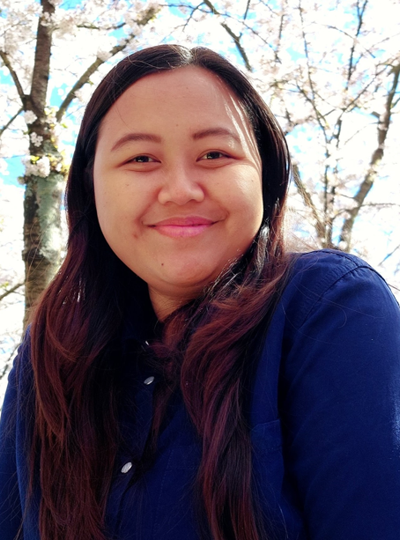Spectral Analysis for Geothermal Exploration - A method investigation to bring the technology closer to geothermal community
Kartika Savitri is a PhD student in the Department of Applied Earth Sciences. (Co)Promotors are prof.dr. F.D. van der Meer, dr. C.A. Hecker and dr. F.J.A. Ruitenbeek from the Faculty of Geo-Information Science and Earth Observation.
 Geothermal heat is one of the most important sources of renewable energy. A thorough geological investigation, including that of hydrothermal alteration products, is required to ensure the success of geothermal energy production. The techniques used to investigate hydrothermal alteration in geothermal systems are currently developing rapidly with new advancements in technology. One of which is infrared spectroscopy. However, the more advanced version of this technique – infrared imaging spectroscopy (IRIS) – has only recently begun to be used in geothermal studies. This research investigates how IRIS can benefit the study of geothermal resources in an operational context. This research specifically aims to assess the IRIS capability to provide relevant, accurate and detailed mineralogical information from geothermal drill cuttings. Using hyperspectral images of cuttings from the Rantau Dedap geothermal system in Indonesia, this research also aims to develop a procedure that is applicable to the general geothermal exploration community at large.
Geothermal heat is one of the most important sources of renewable energy. A thorough geological investigation, including that of hydrothermal alteration products, is required to ensure the success of geothermal energy production. The techniques used to investigate hydrothermal alteration in geothermal systems are currently developing rapidly with new advancements in technology. One of which is infrared spectroscopy. However, the more advanced version of this technique – infrared imaging spectroscopy (IRIS) – has only recently begun to be used in geothermal studies. This research investigates how IRIS can benefit the study of geothermal resources in an operational context. This research specifically aims to assess the IRIS capability to provide relevant, accurate and detailed mineralogical information from geothermal drill cuttings. Using hyperspectral images of cuttings from the Rantau Dedap geothermal system in Indonesia, this research also aims to develop a procedure that is applicable to the general geothermal exploration community at large.
This research begins by reviewing the use of infrared spectroscopy in geothermal works to define how this method benefits the analysis of hydrothermal alteration products in geothermal systems. Afterwards, the experiences of the mineral exploration community on applying the IRIS technique were also reviewed to seek for opportunities in how the geothermal community should apply the technique. The next step was defining a robust processing chain to create IRIS-based mineral maps on geothermal drill cuttings. It started by first applying the commonly used classification algorithm that can handle a large dataset – Spectral Angle Mapper (SAM) –, followed by developing a new knowledge-based classification algorithm – the decision-tree algorithm – which integrate knowledge of spectral characteristics of minerals and knowledge of geothermal geology. Since previous works indicated that infrared spectroscopy is more sensitive to identifying clay minerals than other hydrothermal alteration minerals, this research specifically assessed how the technique works on identifying clay-separated samples.
Based on this research results, a combination of whole-rock XRD, whole-rock IRIS, and glycolated whole-rock IRIS is recommended for application, especially for geothermal exploration. In the last stage of this research, the IRIS mineral identification results were brought into the context of geothermal systems, namely, to infer the studied system's geothermal/hydrothermal characteristics. At last, since IRIS does not require a complex sample treatment or changes in the sample state, it is suitable for application in every stage of geothermal system development, from exploration to production and monitoring; only the measurement's benefits might differ for each development stage.




